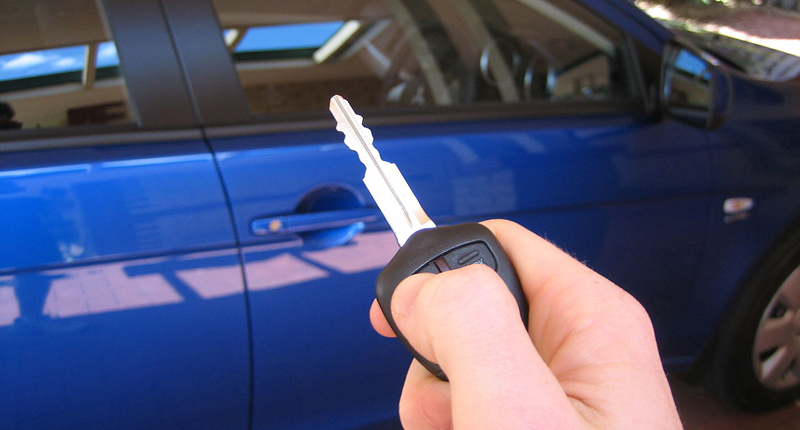SEO has entered a new era in 2026. AI tools are more powerful, users expect instant results and Google continues tightening its criteria for…
8 common car features that could soon be consigned to history’s scrap heap
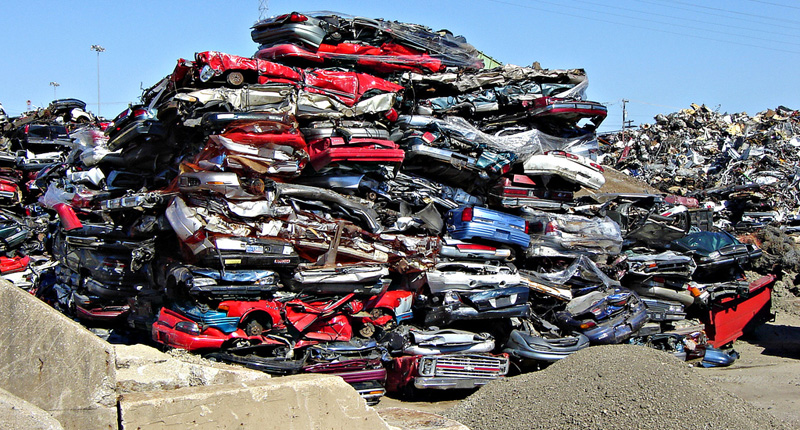
Confession time: I own a little vehicle bolted together back in the early 1970s. It was my first car and faithfully served as my daily drive for around eight years.
But despite the fact that it’s now a well-worn 43 years old, it has pretty much every basic function covered. Sure, there’s no heater or air-con, the wiper blades have just one speed (aka “onâ€) and its power-steering system is entirely dependent on its driver’s arm-strength, but it still very much passes for a typical car.
And, even more interestingly, despite the vehicle’s advanced age, it bears virtually zero features that have since been completely shelved by modern manufacturers. Yes, various systems and components have been refined and modernised, but very few have been killed off altogether.
But there are a number of features of the modern vehicle – likely found on your current runabout – that are nearing their sell-by dates. Yes, sooner rather than later, a handful of common elements that we take for granted will likely go extinct.
And it’s those under-threat features that we’re going to look at today. Are we in for a radical shift in the near future?
1. Mechanical handbrake
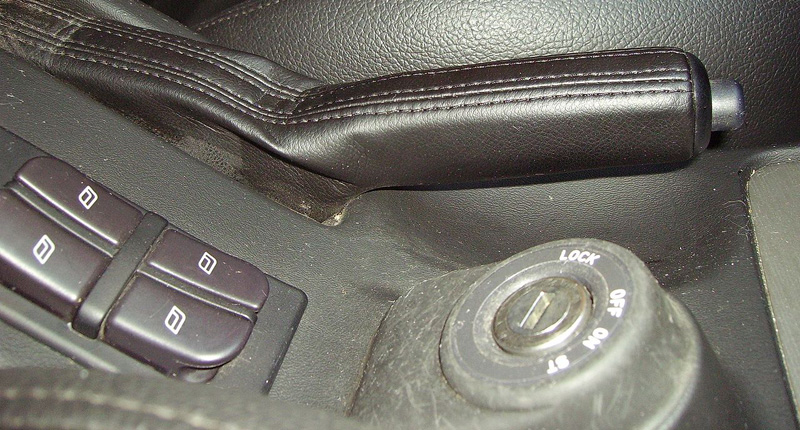
Image: Ballista via Wikipedia
If you’ve ever spent any time “hooning†in an abandoned parking lot, you’ll know all about mechanical handbrakes. Not only do they prevent you from rolling backwards when pulling away on an incline (their intended purpose), but they also allow you to deliberately slide a front-wheel drive car sideways by locking up the rear wheels. Which can be fun.
But, it seems, the mechanical handbrake is going the way of the dodo. Many modern vehicles (and no longer just luxury models) now feature electronic parking brakes, mounted on the centre console or even on the dashboard. There’s no denying their handiness and distinct advantages – they tend to operate independently of the primary braking system, save weight and many even include a hill-hold function – but we can’t help but shed a tear for the much-loved yet soon-to-be-extinct handbrake turn.
2. Drum brakes

Image: bblhed via Flickr.
Buy a new car today and chances are it’ll be fitted with disc brakes all round. Yes, drum brakes – which create the required stopping friction by way of shoes pressing against the inside of rotating drums – have seemingly been rendered obsolete. And there’s a good reason for that: disc brakes are generally considered to be far superior and don’t require as much constant adjustment.
These days, some super-cheap entry-level vehicles utilise self-adjusting drums on the rear axle, although they are starting to disappear. One reason rear drum brakes have lasted this long involves the first point above: the humble handbrake. In what way? Well, cable-activated drums are far better suited to mechanical handbrakes than hydraulic-only discs.
3. CD changer
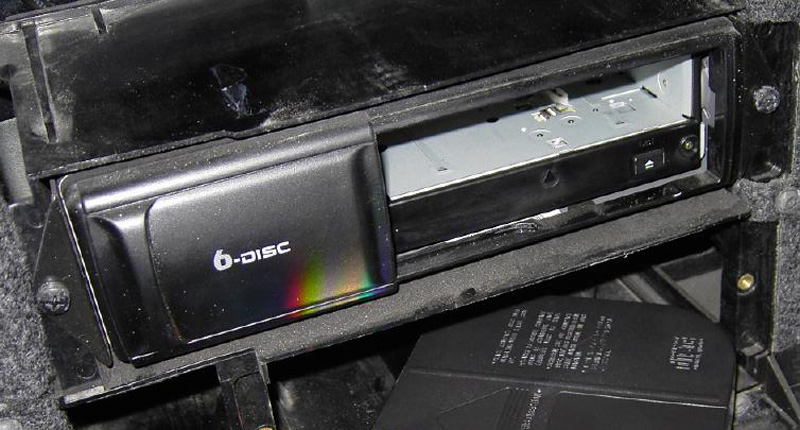
A little bizarrely, compact disc changers are still offered on many high-end vehicles (traditionally marketed at older consumers), despite the fact that many motorists now access their music via auxiliary jacks, USB ports and Bluetooth connections. That said, a number of manufacturers have opted to omit the CD player from their newest models, favouring touchscreen-based audio systems that pull beats from external devices instead.
Is the CD changer on the way out? Ultimately, consumer feedback will decide its fate (which means it’s destined to vanish in the long run), although since a unit takes up very little space and isn’t all that costly to include, some automakers may hang on to in-dash players for a little while longer. The rise of in-car online music streaming, though, will eventually sound its death knell.
4. Side-mirrors
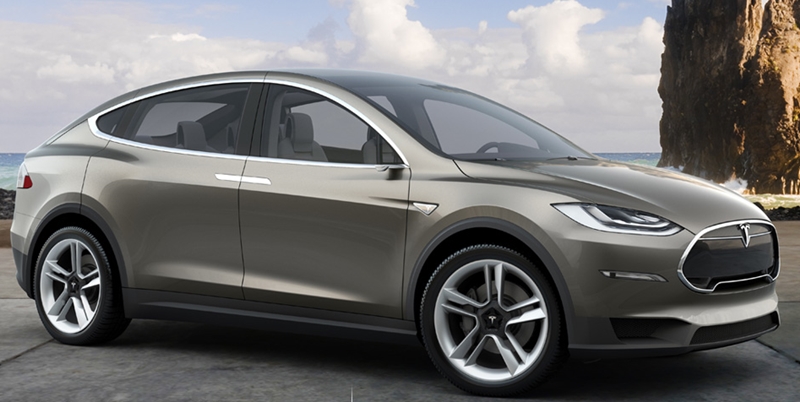
Wing mirrors, fender mirrors, doors mirror, or side-mirrors. Whatever you choose to call them, they’re present on every single modern road-going vehicle. And these small slabs of reflective glass have been a legal requirement for ages, jutting out rudely and messing with virtually every vehicle’s aerodynamics.
But, with automakers incorporating more and more cameras into their vehicles (as well as driver assistance systems such as blind-spot monitoring and lane-change warnings), it’s really only a matter of time before traditional side-mirrors are replaced by tiny high-definition cameras capable of streaming video to the car’s dashboard. In fact, various manufacturers (led by Tesla) are right now petitioning authorities to amend legislation to allow this.
5. Traditional ignition key
The typical car key of old was nothing more than a crudely shaped chunk of metal. But over time, various elements were added to create fully electronic key fobs that have all but spelled the end of traditional tumbler ignition cylinders. These days, modern fobs (which are hideously expensive to replace) facilitate functions such as keyless entry and push-to-start – all without even removing the “keys†from your pocket.
So, traditional ignition keys are clearly nearing the end of the line. But word is that electronic fobs won’t last too long themselves. Why? Well, many industry insiders are predicting that smartphone apps will replace them in the very near future. Can you imagine controlling your vehicle – in terms of locking, unlocking and starting, at least – with your phone?
6. Halogen headlights
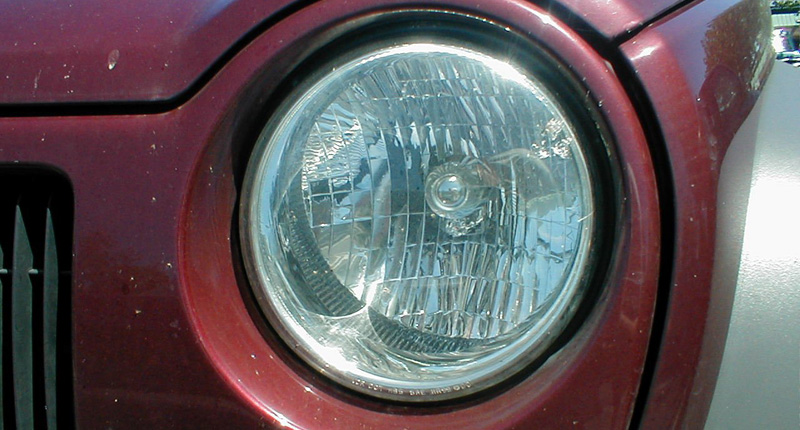
Image: Duk via Wikipedia
Halogen headlights have been the go-to lighting solution for automakers for a number of years. In fact, the majority of vehicles on the road today still utilise this method of focusing light on the road surface. But although halogen bulbs are relatively inexpensive and boast decent expected lifespans, they’re not exactly efficient.
High intensity discharge (HID) headlights are rapidly increasing in popularity since they are brighter, require less energy and generally last longer than halogens. LED headlamps are even more efficient as they convert most of the supplied energy into light (and not heat), while laser headlights – as seen on the BMW i8 – take things a step further.
7. Windscreen wipers
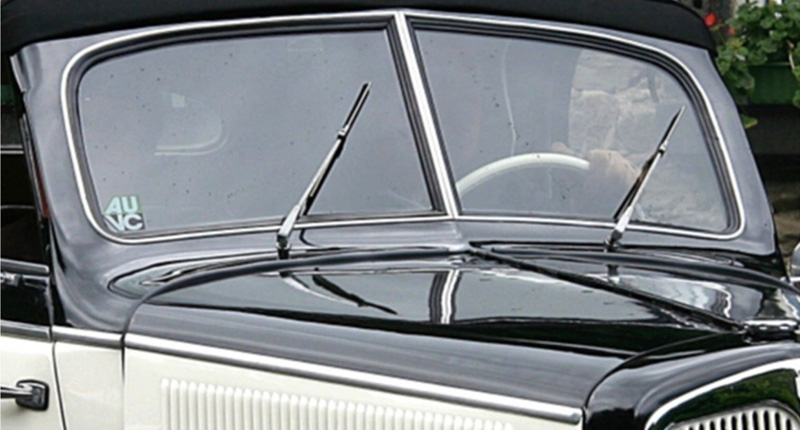
Image: Spurzem via Wikipedia.
Imagine life without windscreen wipers. Anything more than a smidgen of rain and you’d have to pull off the road, twiddling your thumbs until the clouds decide to part. But British high-performance automaker McLaren hopes to swiftly amputate the humble wiper system in a bid to improve the aerodynamics of its vehicles and cut their weight even further.
The company’s high-tech solution involves the use of a high-frequency ultrasonic transducer to clear the windscreen surface of water, dirt and pesky insects. Yes, that’d make your McLaren just like a fighter jet. Of course, there’s a spot of legislation to get around before this can become a reality…
8. Manual gearbox

Image: Zirguezi via Wikipedia.
Okay, so people have been predicting the extinction of the manual gearbox for an eternity. Will it ever really happen? Well, as with many items on this list, that all depends on the consumer. And, in the United States at least, the message from the consumer couldn’t be clearer. Yes, in America, “stick shift†sales generally make up only around five percent of total units sold…
Of course, not every country is as auto-centric as the US. That said, modern self-shifters have improved in efficiency (some are now even more efficient than manuals), have dropped in cost, and are far more user-friendly than manuals in increasingly congested cities. But, as massive fans of the manual transmission, we dearly hope we’re wrong about this one…
Featured image: Mary Anne Enriquez via Flickr.
